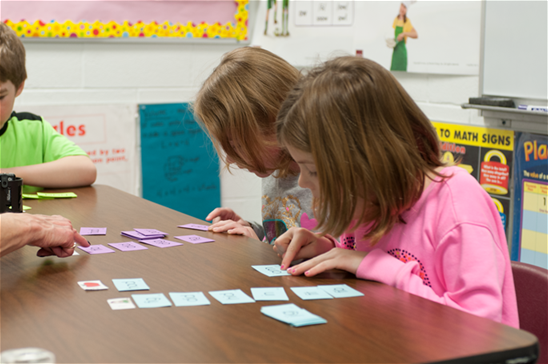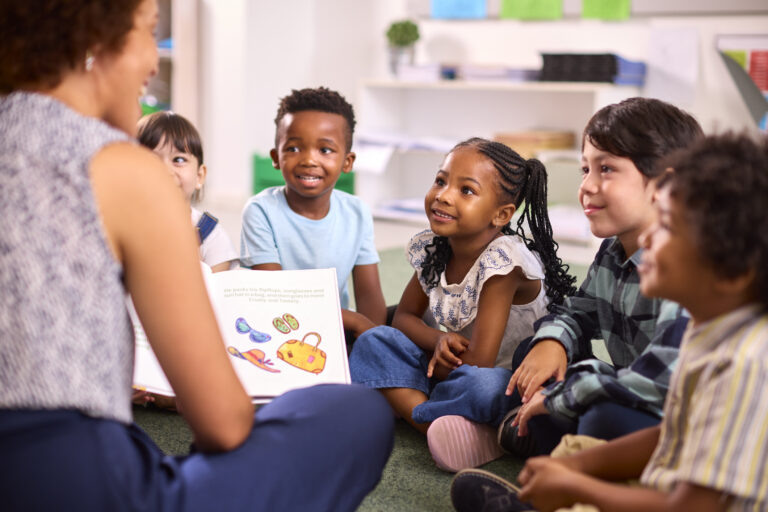Intervention
Explore insights, resources, and research to help you get students reading on grade level.
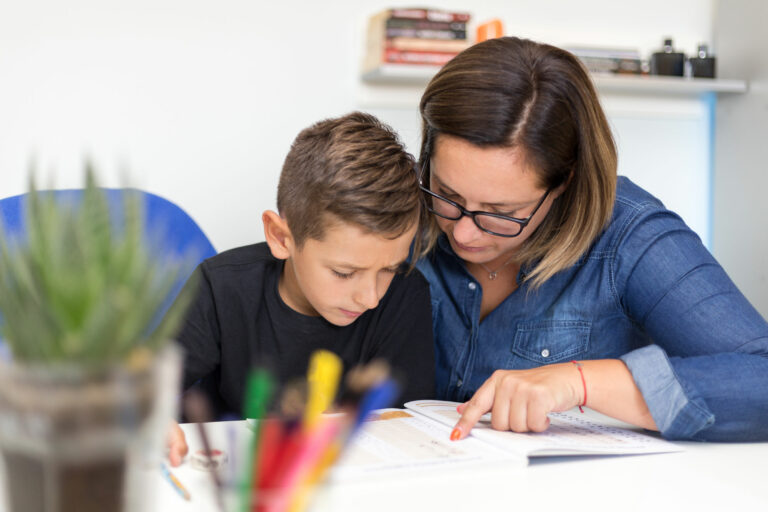

Reading intervention strategies
Our intervention guide explores common difficulties, diverse strategies, and tips for choosing & implementing successful solutions.
Best practices for your Tier 2 literacy solution: Lessons learned from a California school district (Part 1)
Dibels tells you that there’s a fire. 95 Percent Group tells you what floor the fire is on, what room the fire is in, and what you need to put the fire out.
Charley Clark Assistant Superintendent, Fairfax School District
Experts corner: Champions for better, wiser Tier 3 instruction
Discover 95 RAP™ (teacher-led Tier 3 instruction for developing readers) and why educators love it. Note: it is proven to help accelerate reading improvement for students, and it also gives teachers valuable data on each student’s progress.
95 RAP is individualized so that students can move at their own pace. And I think that’s a key difference for RAP from other Tier 3 interventions. It’s the individual nature and the mastery model. Students within the group can move at their own pace.

Krista Jones MA, NBCT Senior Manager Implementation & Coaching | 95 Percent Group
20 phonemic awareness activities for students
Perhaps the most critical and least-practiced component of effective early instruction is phoneme awareness. Awareness of the sounds that make up spoken words, facility at manipulating those sounds, and the links between speech and print must be mastered for students to be fluent readers and accurate spellers of an alphabetic writing system like ours.

Louisa Moats, EdD Educator, author
We were struggling with moving our students forward using the tools we had. We had heard about a neighboring district who was using 95 Percent Group products and visited their classrooms to see it in action. It was terrific to see what strong intervention really looks like.
Renee Hall
Transforming Literacy Intervention with 95 Literacy Intervention System
Learn how the powerful assessment data, grouping tools, and resource recommendations in this new, essential technology solution can improve literacy outcomes for your students.
One of the biggest challenges faced by teachers and school systems is how to identify exactly when and where to intervene with a student. To solve that effectively, you need to have an evidence-based, predictable progression of skill development in place for students.
Susan Adelmann Vice President, Platforms
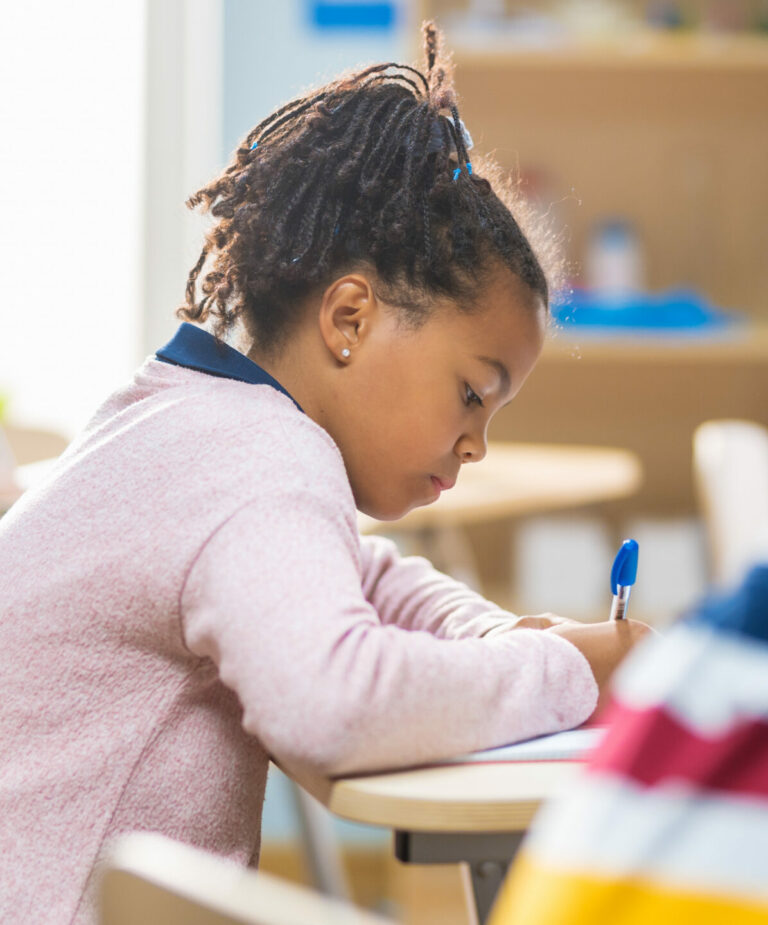
Spotlight Maryland: Science of reading transforms literacy
Here we take an in-depth look at the Wicomico School District in Maryland, whose leadership and literacy team worked together to transform their approach to reading instruction. They saw, in return, strong student improvement. One changemaker, Dr. Renee R. Hall, offers tips for other educators on advancing literacy in their school or district.
149%
increase in first graders Nonsense Word Fluency scores in just four months.
How to help a child with dyslexia read
One of the most important steps in making sure children with dyslexia receive effective reading instruction is understanding these two truths: reading well with dyslexia is challenging and also very possible. The International Dyslexia Association speculates that about 15-20% of the population shows signs of dyslexia–though many will never have a diagnosis. Teaching reading to students with dyslexia means focusing on instruction that is structured, sequential, and highly multisensory in order to increase the chance of retention.
Teaching in a classroom filled with students that learn differently and have varying needs is already challenging. This is why it’s important to identify accommodations or strategies teachers can use to support children with dyslexia that are reasonable and not overwhelming.

Laura Stewart Chief Academic Officer
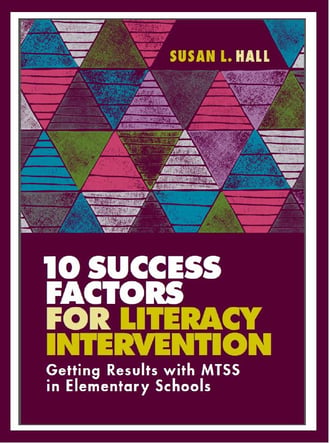
Do you know how to successfully implement and sustain MTSS?
In 10 Success Factors for Literacy Intervention: Getting Results in Elementary Schools, Dr. Susan Hall candidly shares her experience helping school districts across the country successfully implement and sustain effective MTSS processes on their elementary campuses.
Learn the most important factors from schools that are getting results from their literacy MTSS
Implement and sustain effective MTSS processes
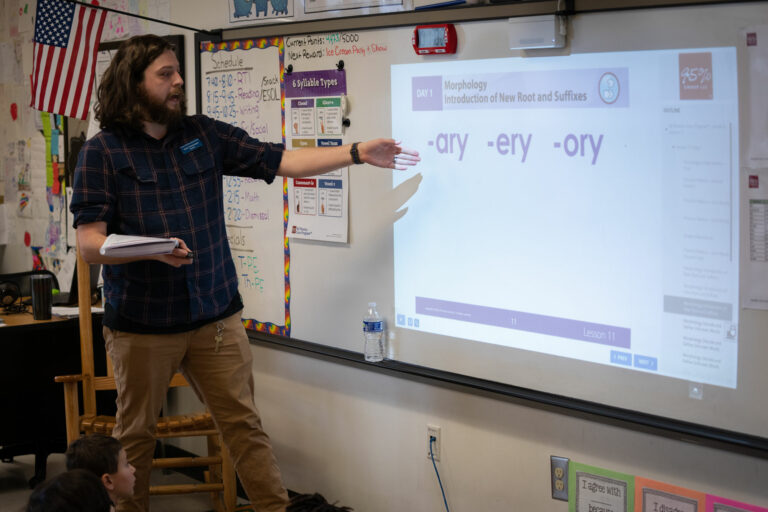
Professional learning on the science of reading
Get ready to improve your instructional practices, get support through our ongoing coaching, or attend an upcoming workshop or webinar.
In higher education as well as my classes for certification, there was never a focus on HOW students learn to read and the processes in the brain. Through this Science of Reading training, I was able to have a better understanding of how students scientifically learn to read.

Reading Specialist Riverside Elementary School
Intervention in practice
Classroom Reading Intervention Activities
Deciding how to introduce Reading Intervention Activities in your classroom is vital to your students’ success. This brief post will walk you through the steps to implement successful small group reading intervention activities—including how to use progress monitoring data and an intervention log—to help struggling readers to become strong readers.

